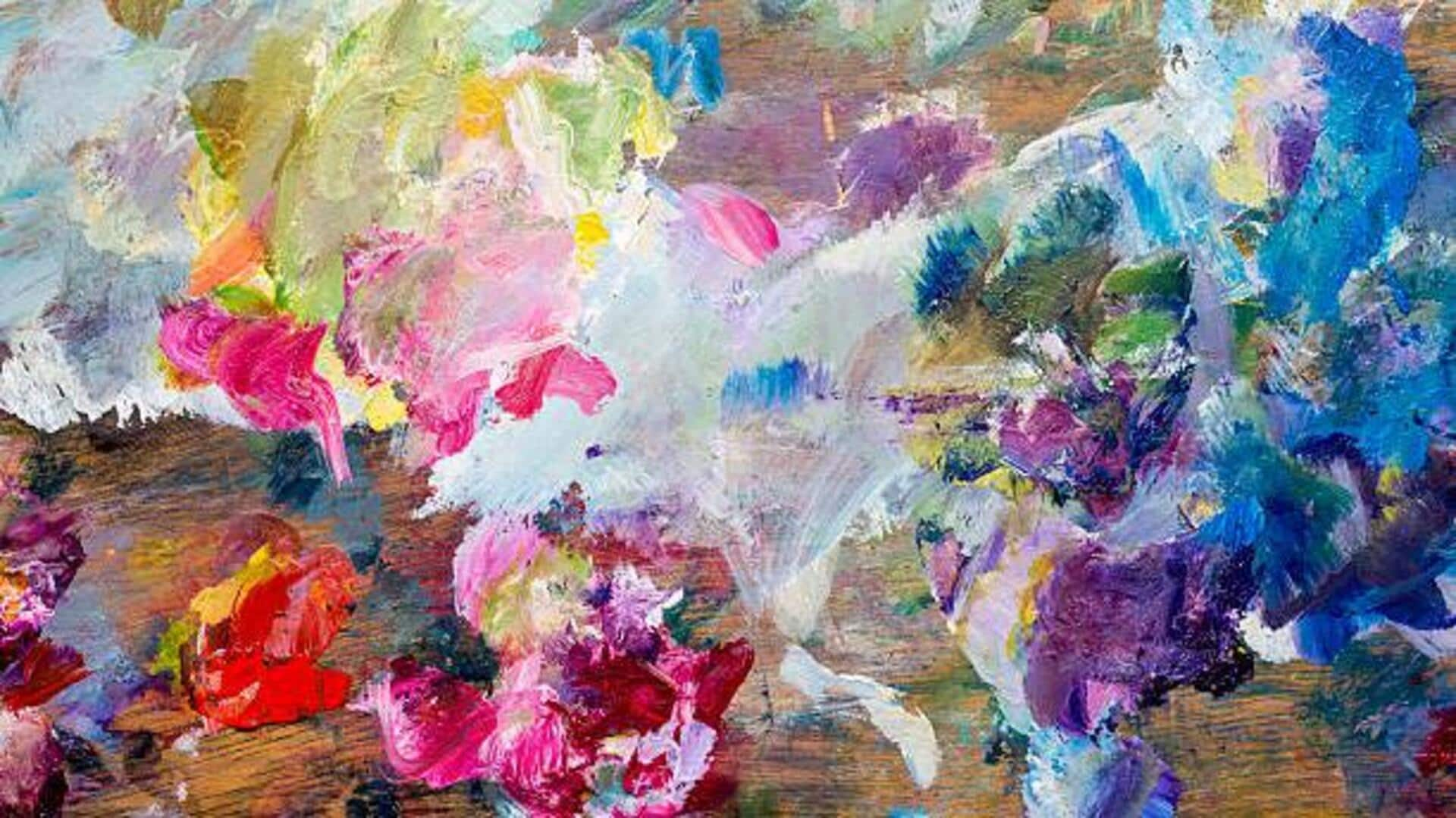
New to smudge painting? Let's get you started
What's the story
Smudge painting is a digital art technique that involves meticulously blending colors and textures to achieve smooth, realistic illustrations. Mastering this art form demands a high level of precision in brush control, which can be developed with focused and regular practice. This article presents a set of five exercises that will significantly enhance your brush control, leading to more refined and detailed smudge paintings.
Steady lines
Steady lines for strong foundations
One of the most basic exercises for improving brush control is practicing drawing steady lines. Start by drawing straight lines in different directions without relying on any digital aids. Try to keep the thickness and opacity consistent. This exercise will train your hand to be steady, which is essential for applying even pressure when smudging.
Circles and curves
Perfecting circles and curves
The ability to draw perfect circles and smooth curves by hand is a difficult but essential skill for smudge painting. Practice by sketching circles of different sizes and making freehand curves. The goal is to achieve a level of symmetry and uniformity necessary for the seamless blending of colors in your digital artwork, ultimately enhancing the overall visual appeal and realism.
Shading
Gradual shading techniques
This exercise focuses on transitioning between different color tones smoothly. Start with a light base color and gradually add darker shades. The key here is to focus on blending the colors together to make the transitions as seamless as possible. This exercise will not only help you improve your brush control but also your ability to create depth and dimension using the smudge tool.
Texture replication
Texture replication exercise
Imitating textures from real-life objects or photographs is a great way to enhance your smudge painting skills. Select an object with a unique texture, like fabric or wood, and attempt to replicate it digitally using the smudge tool. Focus on how the texture interacts with light and shadow, striving for realism in your imitation.
Brush dynamics
Dynamic brush size manipulation
Mastering the ability to adjust brush size on the fly while painting will make your smudge game strong. Try practicing by starting with a large brush size for big strokes, then shrinking it down for detail work - all without lifting your pen or breaking the stroke. This will lead to smoother transitions and richer textures in your art.